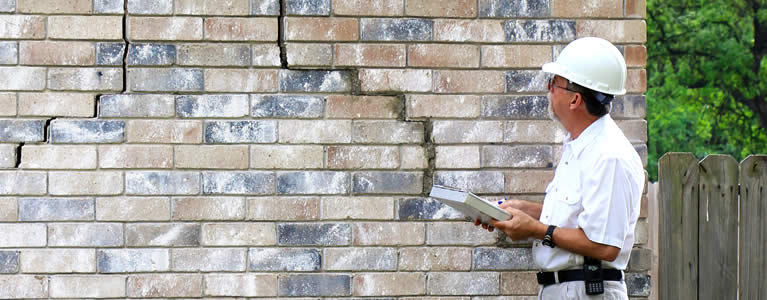What does building inspection refer to? Building inspections are required in most cases when a property buyer or resident applies for mortgage financing. This process is not only designed to ensure that a prospective purchaser is aware of the condition of the property he is buying, but it also assures the lending institution that the new purchaser will abide by all applicable laws and regulations. It protects the lender from liability claims as both the owner of the property and the lien holder.
So what does this really entail? A building inspector is an individual who is licensed in one or more fields and is generally certified in one of the building inspection disciplines qualifying him/her to render qualified, final inspection on a commercial, residential or industrial construction site. Inspectors are usually employed on a contract basis, either as part or all of a crew on a jobsite, on a construction site, or on a property owned and used by the lender. Inspectors perform routine inspections and look for conditions that may be detrimental to the health and safety of the public or of those who use the property – tenants, inhabitants, workers and others. They inspect structures to ensure compliance with federal, state, and local building codes.
The inspector will perform an initial inspection to determine scope of work and identify areas that need further inspection. These include: roofing, ceilings, floor slab, doors and windows, plumbing fixtures, heating system, electrical system, water supply, vapor control, septic tank, fire extinguisher, etc. A standard building inspection form is used by the lender and is signed by the inspector on behalf of the lender. The lender will base its decision on whether to approve or deny the mortgage on the inspector’s report.
The manual inspection of the construction site was the primary method of approval for lenders in the past. The vast majority of inspections were done manually. The way inspections are done has changed dramatically thanks to automated inspection request line systems. These systems allow lenders to conduct multiple building inspections within a single day. An automated inspection request line system (AIMS) works by gathering information about each of the components on a construction site. The system creates a report that is then emailed to the lender.
An AIMS system can automate all or some of the Pre Purchase Building Inspections Melbourne and provide the results in minutes. The AIMS system allows the loan officer to review a report that includes all inspections performed and then receives recommendations for corrective actions. An automated inspection request line can send an e-mail to the lender, which is then reviewed by the lender. The final inspection will see the building inspector review all information and make a recommendation as to whether the site is suitable for the intended purpose.
In addition to providing numerous reports, these systems also provide the convenience of a printable inspection report template. This template saves time and money when reviewing various inspection reports. This is particularly helpful when a site change is involved. Instead of having to rewrite an entire report just to change one small detail, the printable template can be modified to reflect the new details. It is possible to save time and money if a site update is extensive.
The inspection form template that is provided with many systems also makes it easy to submit inspections online. There are many ways to do this. In most cases, the forms are available in the software program or can be downloaded from the company’s website. Once the forms have been downloaded, users will need to fill out the information and submit them.
If a site change is experienced, the same guest room checklist form template can be used over again. This will save you a lot of time and money over the long-term. It can be modified to fit any company. By making the template readily available, it gives a company a tool to make necessary repairs or re-inspections on a regular basis without needing to develop new policies or procedures. This allows for a more thorough and accurate inspection of a particular location.


